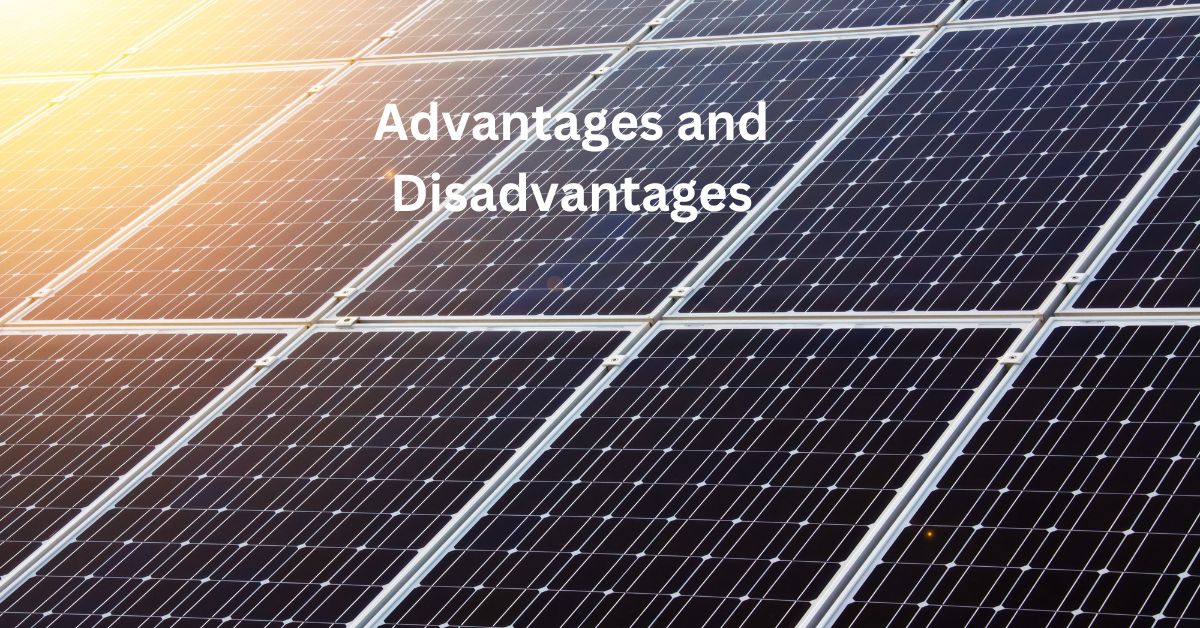Solar panels are designed to operate efficiently for 25 to 30 years with minimal maintenance. However, regular cleaning and upkeep are essential to continue functioning at their best. Dirt and debris can harm solar panel performance. They reduce efficiency, causing costly repairs and higher utility bills.
Identifying Dirt and Debris
Dirt on solar panels can cloud their surface. This reduces their power generation efficiency. A study by the National Renewable Energy Laboratory (NREL) found that cleaning solar panels can boost their efficiency by up to 20%. In certain regions, energy losses due to dirt accumulation can reach up to 7% annually, with even higher losses in more polluted areas.
Homeowners can determine if their solar panels need cleaning through a visual inspection. While rain can remove some grime, cleaning panels thoroughly is often not enough. In fact, rain can sometimes cause dirt to build up at the bottom of the panels. Dirt accumulation can depend on several factors. They are: geographic location, nearby landscaping, roof pitch, and seasonal changes. Monitoring solar panel performance is vital. It can spot drops in efficiency that may require cleaning.
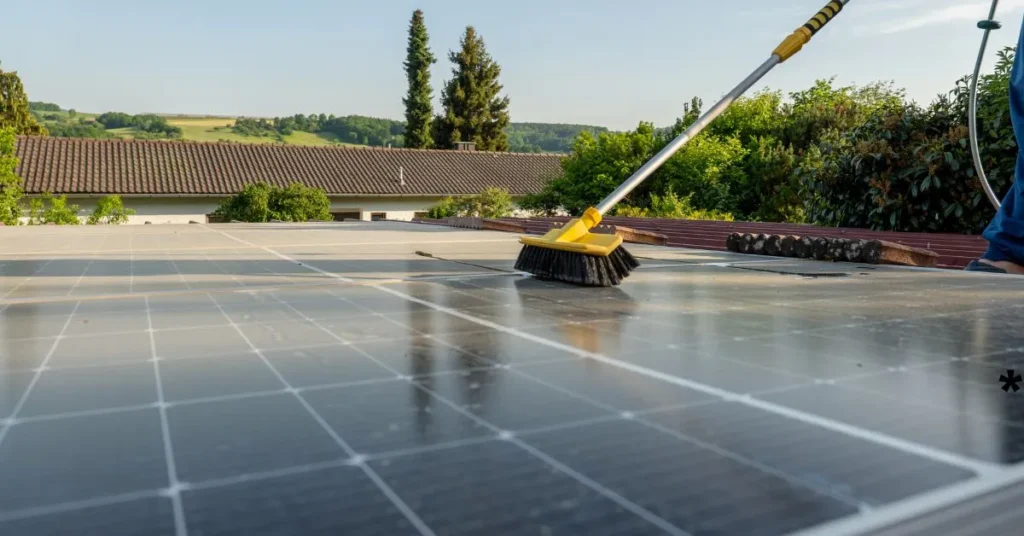
Regular cleaning has many benefits. It boosts energy production. It extends the panels’ lifespan. It improves safety and saves on repairs. The best time to clean solar panels is during spring, when the panels are cooler, preferably in the morning or early evening.
Dealing with faulty connections and wiring
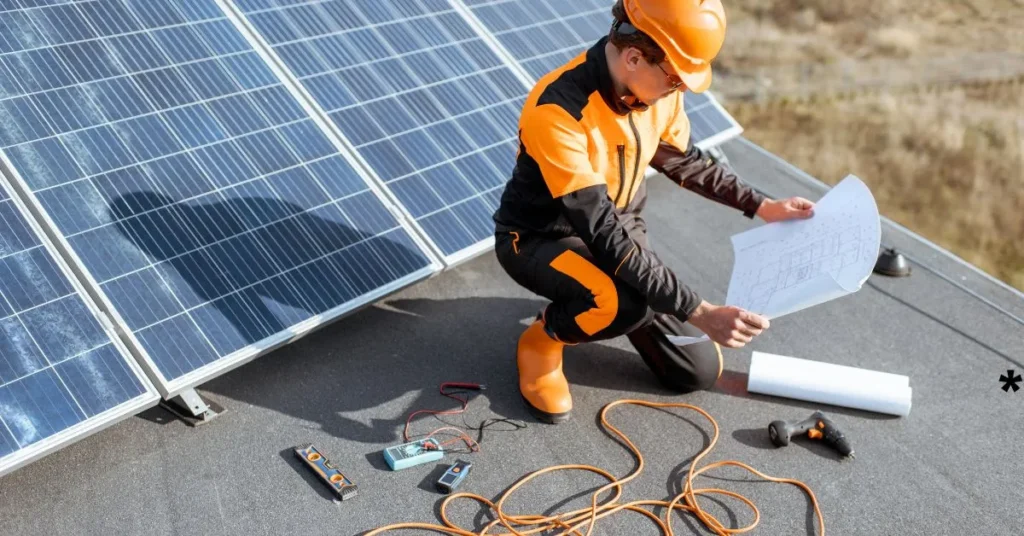
Faulty connections and wiring can significantly affect the performance of a solar panel system. A decrease in efficiency, despite clean panels, may indicate an electrical issue. Homeowners can use a multimeter to measure voltage resistance, but caution is advised as DIY electrical work can be dangerous.
Visual inspections are crucial for identifying signs of loose or burnt connections. Common causes of electrical problems include improper installation, age-related wear, and system complexity. Homeowners should check circuit breakers, inverter status, and inspect for blown fuses or broken wires. If electrical issues are suspected, seek professional help. They can diagnose and fix the problem.
Addressing inverter malfunctions
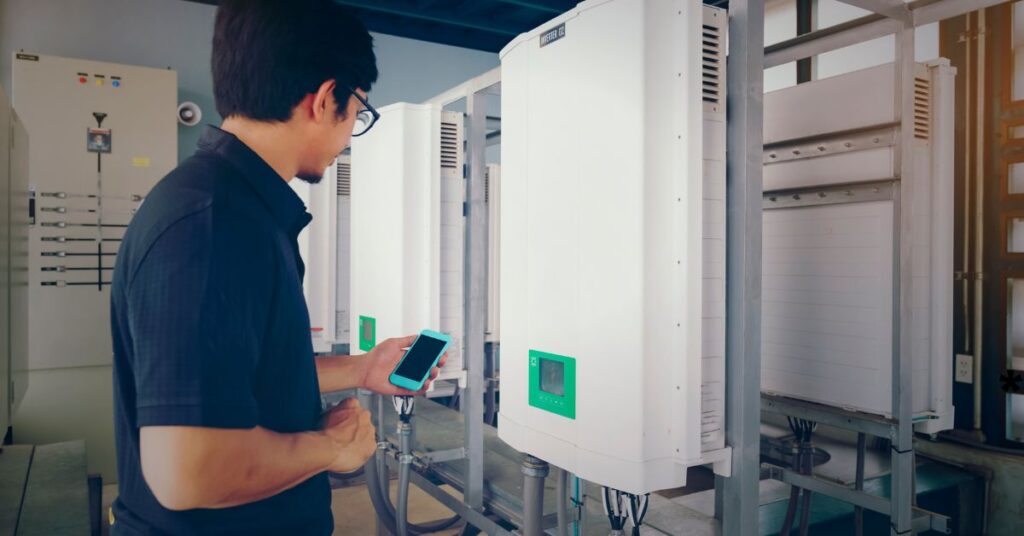
The solar inverter is a critical system component, converting DC power from the panels into usable AC power. While solar panels typically last 25 to 30 years, inverters often have a shorter lifespan of about 10 years. As inverters age, they may have issues. These include reduced energy, error messages, overheating, or ground faults.
If an inverter shows no power or error codes, homeowners can: check the display panel, inspect the LEDs, listen for odd noises, and ensure all connections are secure. In cases of fatal inverter failures, homeowners may need to decide whether to repair or replace the unit. When choosing a new inverter, ensure it works with the solar panels. This will ensure the best performance.
Resolving Microcracks in Solar Cells
Microcracks in solar cells are tiny fractures that can have a significant impact on the performance and lifespan of solar panels. These cracks can lead to power loss, reduced service life, or even complete failure of the panels. Detecting microcracks is tough. But, advanced methods can help. Electroluminescence (EL) imaging, infrared (IR) imaging, and photoluminescence imaging can find hidden defects.
If microcracks are detected, homeowners have several options. It is recommended to consult a solar expert, especially for minor repairs, to conduct a thorough assessment. In cases of major damage, replacing the panels may be the best way to maintain system efficiency. Regular inspections can help identify microcracks early, preventing further damage from environmental factors.
Homeowners can keep their solar systems efficient and long-lasting. They can do this by knowing common solar panel issues and how to fix them. Regular maintenance keeps solar energy at peak performance. It also maximizes its environmental and financial benefits.
Monitoring System Failures
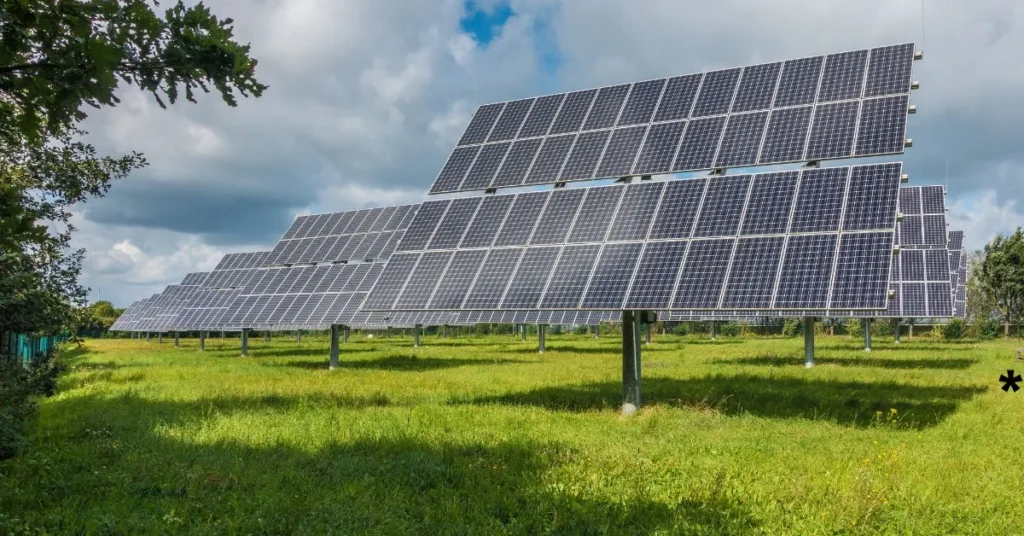
Problem:
The monitoring system in a solar panel setup plays a crucial role in tracking the performance and efficiency of your panels. This system gives real-time data on your panels’ energy output. It helps you spot issues early and optimize energy use. However, sometimes the monitoring system can fail, which means you won’t have access to this vital information. The failure could be due to many reasons. They include connectivity issues, software glitches, or hardware problems.
Fix:
- Check the Internet connection Many solar monitoring systems need the internet to send data to your monitoring platform, usually an app or website. If your internet connection is down or weak, the system may not be able to report data correctly.


